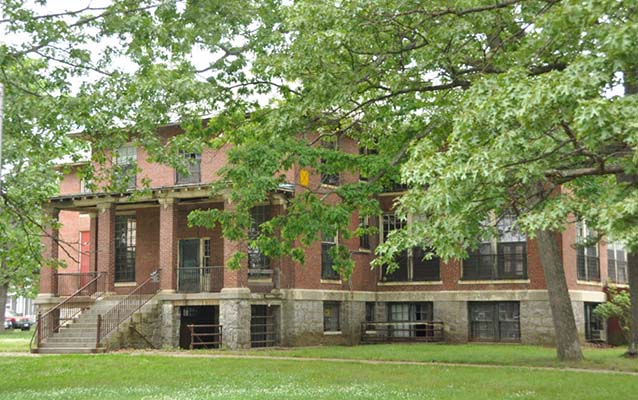Last updated: April 4, 2024
Place
Wrentham State Hospital

The Wrentham State School was authorized in 1906 as the Commonwealth of Massachusetts’ second school for the "feeble-minded." It was considered an outstanding institution for children, at least through the mid-twentieth century. Its early history was closely allied with that of the Massachusetts School for the Feeble-Minded (Fernald School), which might be considered a parent institution since it provided the Wrentham School's superintendent as well as the first pupils who assisted in the initial construction and outfitting of the buildings. The Wrentham School is significant for its distinguished history in the education of children with developmental disabilities, and as the Commonwealth of Massachusetts’ first school to employ a standardized plan for wards and employee housing, plans that were later adopted at the Belchertown State School. Wrentham's history clearly reflects major trends in the development of the State Hospital and School System, with its period of significance extending from 1906 to 1940.
Unlike many administrators of state hospitals for the "insane" who gradually accepted a custodial role for their institutions, the Trustees and superintendents of the state schools insisted upon their rehabilitative role. In 1911, the Wrentham Trustees said, "...our feeble-minded schools are not prisons, but homes in which a useful, happy, rational home life is carried on to the fullest possible extent." To accomplish this goal of training and education, the Trustees encouraged a "vacation" system, which allowed certain pupils to return to their homes or other suitable locations, thus providing room for new, untrained pupils; readmittance was automatic if problems occurred. The vacation program was used quite extensively, with about 10% of the school's population falling into this category throughout the 1910s. To support the program, the Trustees requested that a social worker be added to the staff for the first time in 1915, primarily to oversee release requests and to monitor outpatient care. In addition to establishing this program, the Trustees sought legislative changes that would augment their educational role.
